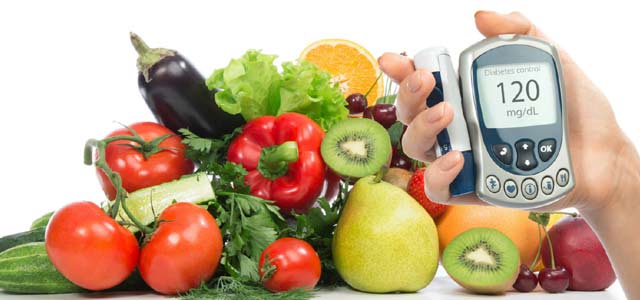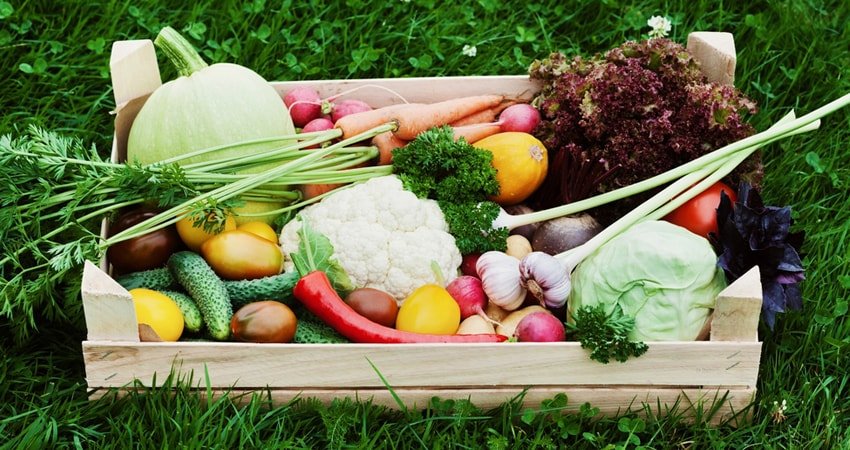We all have or know someone who has diabetes, and we understand how it affects not only the patient but everyone related to them. Diabetes is a disease where your blood glucose or blood sugar levels are too high. Glucose is derived from the foods you eat, and patients with Type 1 and Type 2 diabetes are recommended to follow a strict diet that will help them in maintaining their glucose. If you don’t know the difference between Type 1 diabetes and Type 2, then here we go. Type 1 diabetes is when your pancreas stops producing insulin and Type 2 is when your body is unable to make enough insulin or the insulin you do make doesn’t work properly.
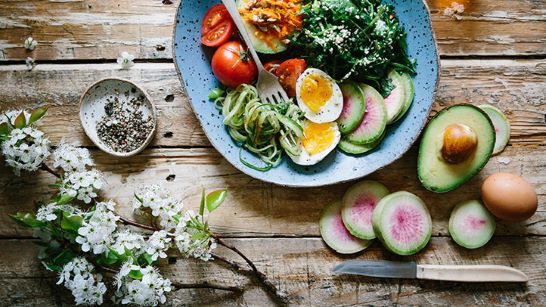
As mentioned earlier, a healthy diet is what is most important for any diabetic patient as a bad diet can cause more health issues, such as heart problems and strokes. If you have Type 1 diabetes, your diet should be all about carb counting as it keeps your blood glucose levels steady. You will have to estimate the number of carbs that you intake and match it with how much insulin you need to take. As for Type 2 diabetic patients, you have to take extra care as you have to maintain your weight. If you are overweight and you have Type 2 diabetes, then it is risky. Find a way to lose weight is essential as it improves diabetes management. It is obvious in both cases that the diet plays an important part and today in this blog; we are going to talk about the dietary tips that a diabetic patient should follow.
1. Choose healthier carbohydrates – It is important to know which foods contain carbohydrates as all carbs affect blood glucose levels. The healthier food that contains carbs as long as you are aware of your portion sizes. The healthy sources of carbohydrate are whole grains like brown rice, buckwheat, fruits, vegetables, pulses such as chickpeas, beans, and lentils, and dairies like unsweetened yogurt and milk. You need to cut down on foods that have low fiber such as white bread, white rice, and highly-processed cereals. Do check food labels when you are buying food that is high in fiber!
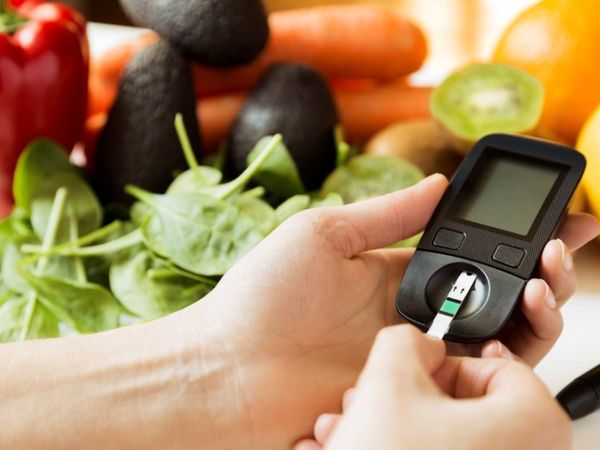
2. Eat less salt – A high intake of salt can increase your risk of high blood pressure, which can increase the risk of heart diseases and stroke and if you are a diabetic patient, then you are already more at risk of all these conditions. It is advisable to limit yourself to a maximum of 6g (one teaspoonful) of salt a day. Packaged and prepackaged foods contain a lot of salt, so remember to check on the food labels and choose the ones that have less salt. The ideal thing to do is to cook from scratch as it will help you keep an eye on how much salt you are consuming.
3. Consume less red and processed meats – Cutting down on carbs means that you will need protein to fill you up. Protein does not necessarily imply red or processed meat, like ham, bacon, sausages, beef, and lamb. These can lead to heart problems and cancers. It is better to swap the red and processed meat with pulses such as beans and lentils, eggs, fish, poultry like chicken and turkey, and unsalted nuts. Beans, peas, and lentils are high in fiber and do not affect your blood glucose levels too much, which makes them a great swap for processed and red meat. Fish is good for us, and more even salmon and mackerel are even better. They are rich in Omega-3 oil which helps protect your heart. Do make it possible to eat two portions of oily fish a week.

4. Have more fruits and veggies – Instead of thinking about what you can’t have, focus on what you can eat more of. Wholesome carbohydrates filled with satisfying fiber are foods you can eat with abandon. Those include leafy greens, tomatoes, carrots, celery, cucumber, zucchini, mushrooms, onions, garlic, beets, snap peas, 100% whole grains, beans, lentils, chickpeas and peas. You might be wondering about fruit and if you should avoid it because it’s sugary? The answer is no. Whole fruit is good for everyone, and if you have diabetes, it’s no different. Fruits do contain sugar, but it’s natural sugar. This is different from the added sugar (also known as free sugars) that are in things like chocolate, biscuits and cakes.
5. Choose healthier fats – Yes, you heard that well! Healthy fats. These are fats that are foods like unsalted nuts, seeds, avocados, oily fish, olive oil, rapeseed oil, and sunflower oil. These unsaturated fats can increase the amount of cholesterol in your blood, thus increasing your risk of heart problems. The bad cholesterol fats are derived from red and processed meat, ghee, butter, lard, biscuits, cakes, pies, and pastries. Cut down on using oils in general, instead go for grill, steam or bake foods!
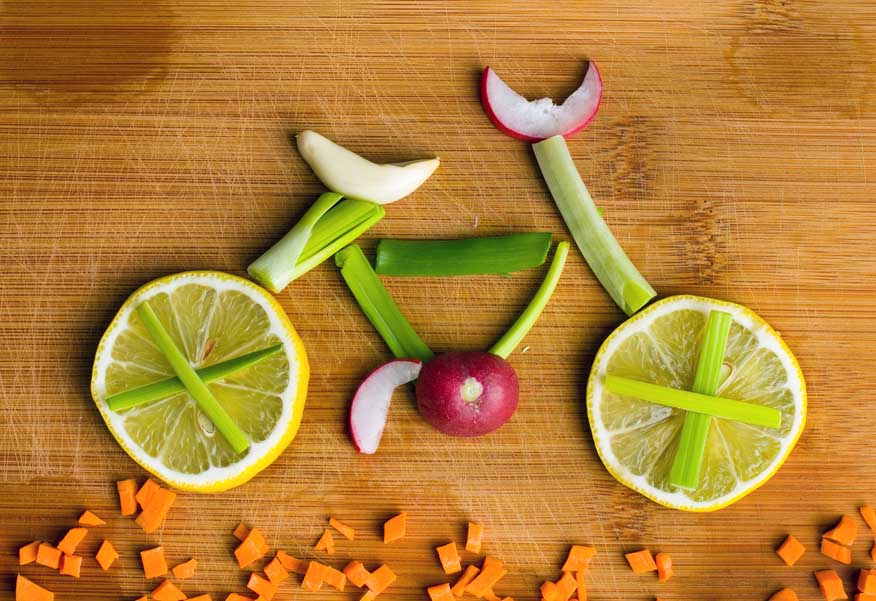
6. Decrease your sugar intake – Cutting down your sugar intake can be hard at the beginning, so small practical swaps are good at the start. Replace sugary drinks with water, plain milk, or tea or coffee without sugar. You can always rely on artificial sweeteners to help you cut. Decreasing these added sugars can help you control your blood glucose levels and help keep your weight down.
7. Snack healthy – It is important that you snack healthier and for that, the best way to do it is to choose yogurts, unsalted nuts, seeds, fruits and vegetables. Do not have chips, biscuits or chocolates and keep an eye on the portions that you intake!

